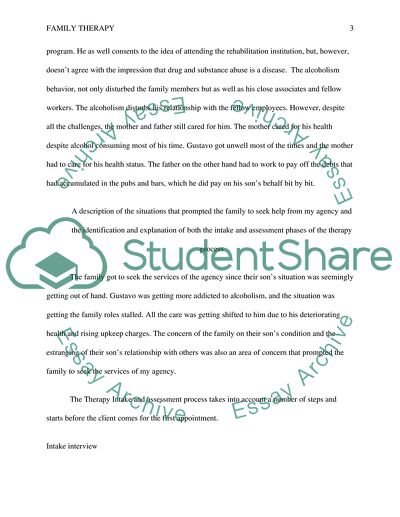Cite this document
(The Practice of Family Therapy Research Paper Example | Topics and Well Written Essays - 1750 words, n.d.)
The Practice of Family Therapy Research Paper Example | Topics and Well Written Essays - 1750 words. Retrieved from https://studentshare.org/health-sciences-medicine/1869358-family-therapy
The Practice of Family Therapy Research Paper Example | Topics and Well Written Essays - 1750 words. Retrieved from https://studentshare.org/health-sciences-medicine/1869358-family-therapy
(The Practice of Family Therapy Research Paper Example | Topics and Well Written Essays - 1750 Words)
The Practice of Family Therapy Research Paper Example | Topics and Well Written Essays - 1750 Words. https://studentshare.org/health-sciences-medicine/1869358-family-therapy.
The Practice of Family Therapy Research Paper Example | Topics and Well Written Essays - 1750 Words. https://studentshare.org/health-sciences-medicine/1869358-family-therapy.
“The Practice of Family Therapy Research Paper Example | Topics and Well Written Essays - 1750 Words”, n.d. https://studentshare.org/health-sciences-medicine/1869358-family-therapy.


